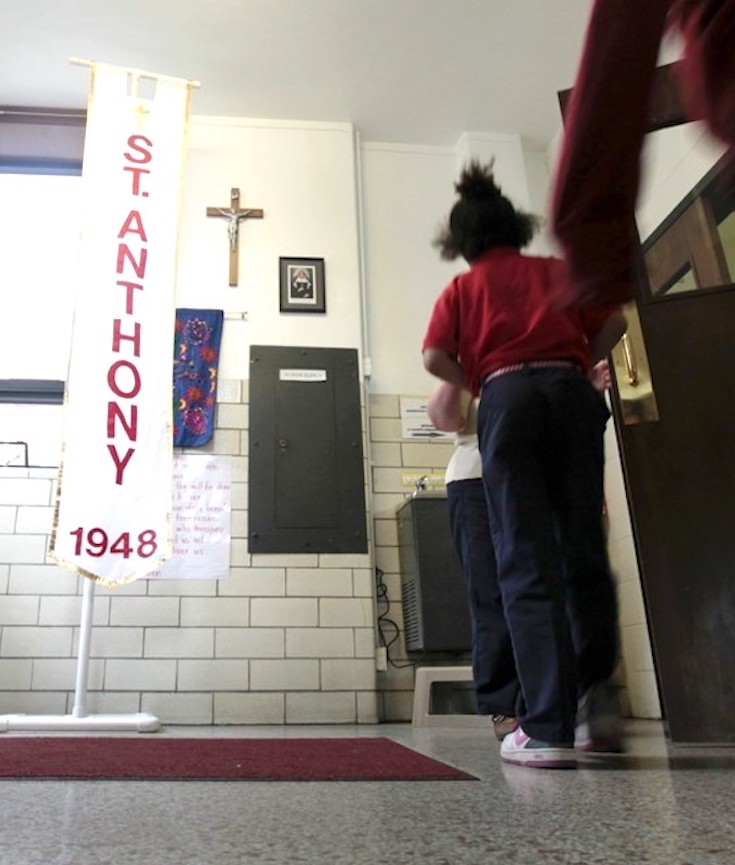[dropcap]Ichop[/dropcap] The reverend Michael Faulkner wanted to start a charter school through his church in Harlem. But there was a problem: New York law bars religious denominations from running charters, even if, as Faulkner promised, the school would teach a secular curriculum.
So Faulkner—a one-time NFL player who ran for Congress in 2010—and his church sued.
“The New York Charter Schools Act is nothing more than an attempt by the State to erect a barrier for those who express their religious beliefs from access to public resources that are generally available to all others,” read the 2007 complaint.
[mc4wp_form id=”6042″]
Harlem is a large neighborhood in the northern section of the New York City borough of Manhattan. Since the 1920s, Harlem has been known as a major African-American residential, cultural and business center. Originally a Dutch village, formally organized in 1658, it is named after the city of Haarlem in the Netherlands. Harlem’s history has been defined by a series of economic boom-and-bust cycles, with significant population shifts accompanying each cycle.
African-American residents began to arrive en masse in 1905, with numbers fed by the Great Migration. In the 1920s and 1930s, Central and West Harlem were the focus of the “Harlem Renaissance”, an outpouring of artistic work without precedent in the American black community. However, with job losses in the time of the Great Depression and the deindustrialization of New York City after World War II, rates of crime and poverty increased significantly. Harlem’s African-American population peaked in the 1950s. In the second half of the 20th century, Harlem became a major hub of African-American businesses. In 2008, the United States Census found that for the first time since the 1930s, less than half of residents were black, and black residents only counted for 40% of the population.
Since New York City’s revival in the late 20th century, long-time residents of Harlem have been experiencing the effects of gentrification and new wealth. (Wikipedia).



You must be logged in to post a comment.